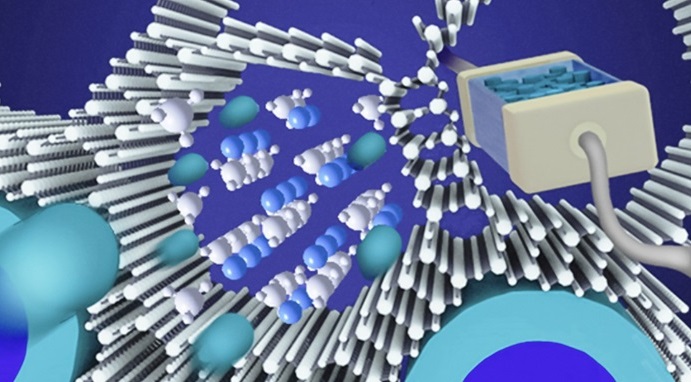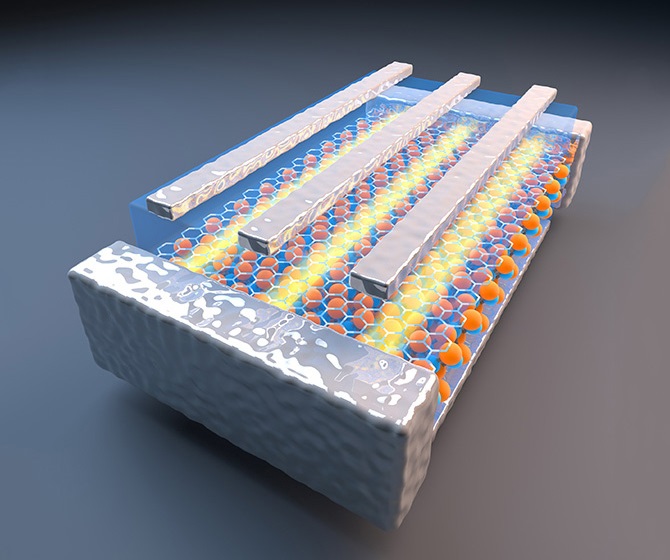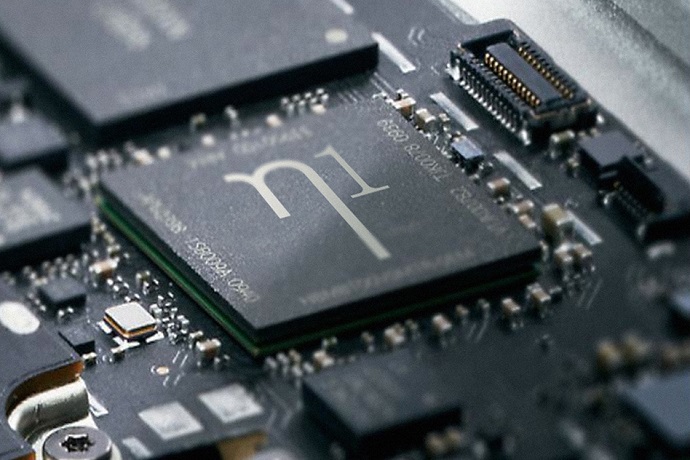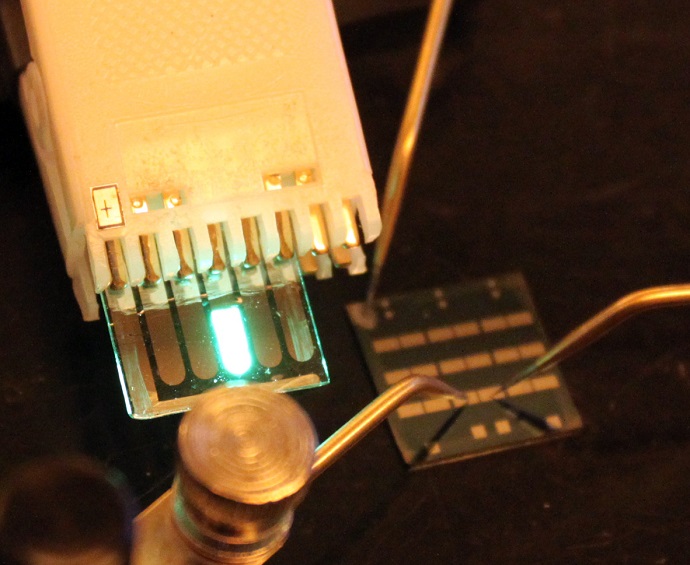21 OCT 14
By Anders Smith
Researchers at the Technical University of Denmark and two Dutch universities have discovered a new material which is a surprisingly good conductor of lithium ions at room temperature. This could lead to all-solid-state batteries with better durability, lower weight and higher safety than present-day lithium ion batteries.
A battery consists of two electrodes separated by an electrolyte. When the battery is charged or discharged, ions (charged particles) have to pass through the electrolyte from one electrode to the other. Ions can easily move through fluids, but at room temperature it is generally much harder for them to move through solids. For this reason fluid electrolytes are found in most batteries, including the widely used rechargeable lithium ion (Li-ion) batteries. However, fluid electrolytes can leak and capacity decreases over time as they cause the electrodes to degrade. Furthermore, the electrolytes found in Li-ion batteries are flammable which is a safety concern. Batteries with solid electrolytes are therefore an attractive alternative, if an electrolyte with a sufficiently high ionic conductivity can be found.
Now, researchers at DTU Energy Conversion, Utrecht University and Radboud University have found a novel route to improve the ionic conductivity of solid lithium compounds. By confining lithium borohydride (LiBH4) to the tiny pores of nanocrystalline silica they show that the lithium ionic conductivity can be increased by a factor of more than 1000 compared to bulk LiBH4. While the conductivity is still somewhat lower than that of commercial liquid or gel electrolytes, the recipe has not been optimized and the researchers are confident that the method of nanoconfinement is a general strategy to improve even further the conductivity of solid compounds.
The material was originally developed by the researchers at Utrecht University for its ability to reversibly store hydrogen. The connection to batteries was made accidentally by Senior Researcher Didier Blanchard from DTU Energy Conversion who works on advanced battery technologies. During a conference presentation, he learnt that the BH4- complexes were more mobile if nanoconfined than in bulk LiBH4. But in that case the lithium ions should also be mobile. D. Blanchard contacted his Dutch colleagues to get some of their samples for characterization. It turned out that not only is the conductivity of the material drastically increased, but it can also withstand thermal cycling and a large electrochemical potential window. This makes it very promising for use in a battery. The next steps will be to realize a complete battery using the material as electrolyte and to optimize its properties even further. “This is just the beginning,” states an expectant Dr. Blanchard!
The Figure shows the schematics of the new battery material: lithium borohydride (LiBH4) is confined inside the pores of nanocrystalline silica (the rodlike structures). The lithium ions are shown in blue. Not all of the ions are mobile. The researchers hypothesize that only a thin layer within 1 nanometer of the pore walls contains mobile Li ions (light blue). The interaction between the surface of the silica and LiBH4 stabilizes a highly conducting phase, enhancing the conductivity more than 1000 times.















